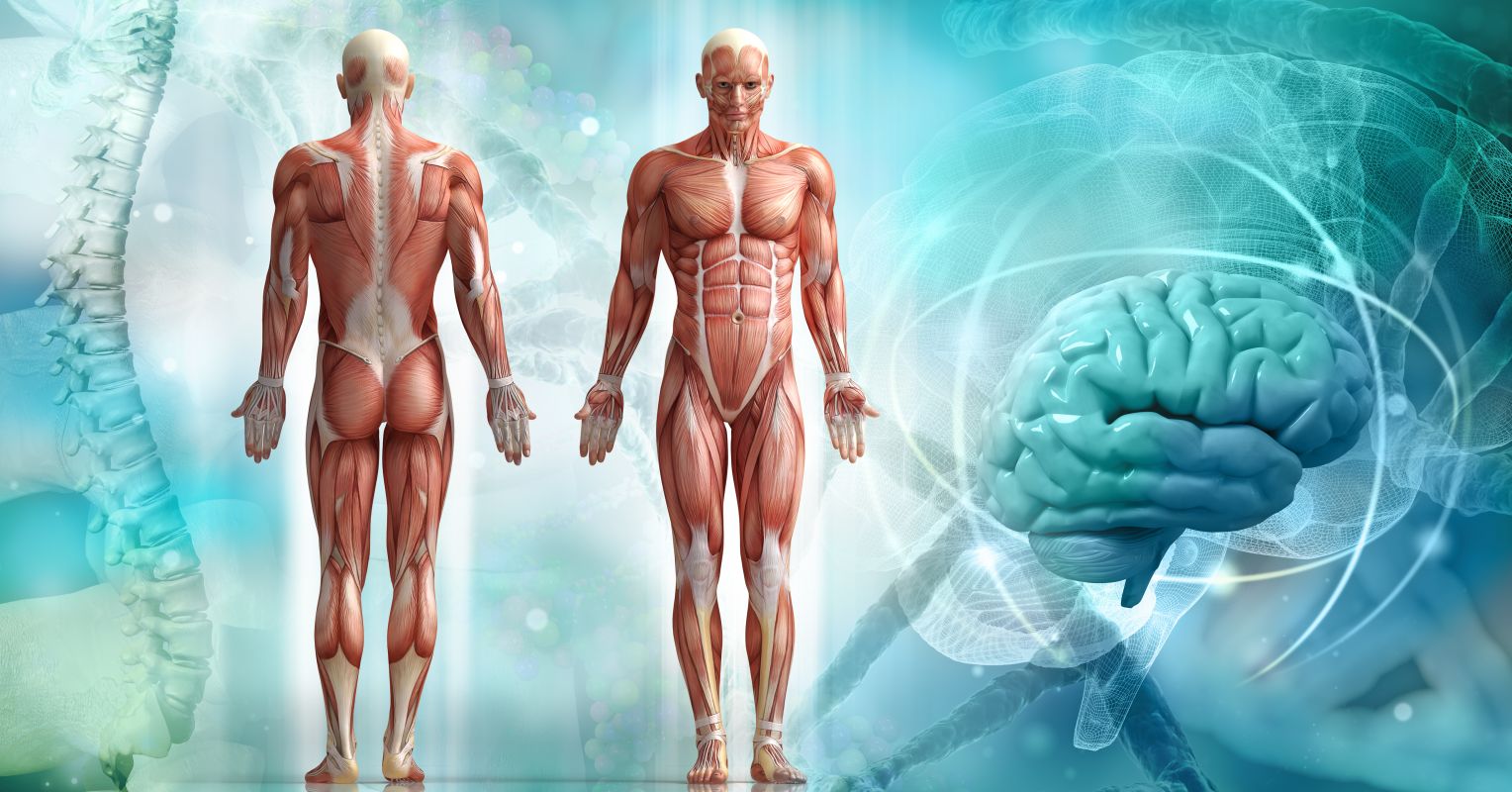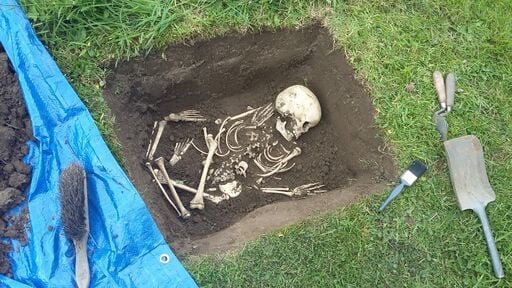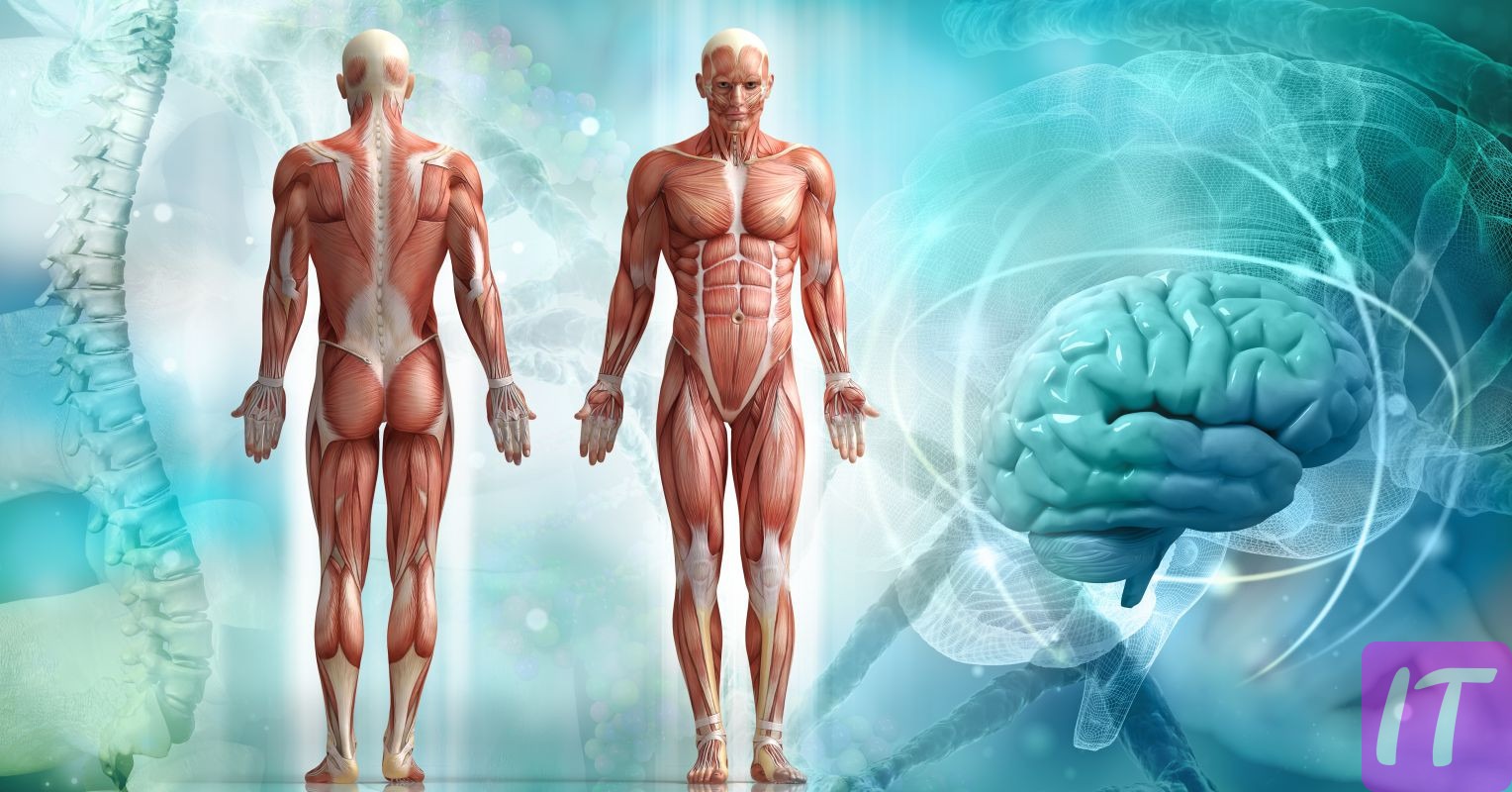The moment of death is an enigmatic transition that swiftly transforms the human body. Within minutes, a series of biochemical changes ensue, notably the cessation of blood circulation and cellular respiration. This pivotal event triggers a cascade of breakdown processes known as autolysis and putrefaction.
The rate of a body’s decomposition is influenced by myriad factors, ranging from environmental conditions to individual physiological traits. Historical records indicate that factors such as temperature, humidity, and the presence of insects can significantly hasten or delay decomposition. For instance, studies have shown that bodies decompose up to three times faster in hot climates compared to cooler ones.

Immediate Changes in the Body at the Moment of Death
When a person dies, the heart stops beating, halting blood flow. Oxygen no longer reaches the cells, leading to a lack of energy production. This initiates a process called cellular death. Within minutes, cells begin to break down, a phase known as autolysis.
The body then starts cooling down to match the temperature of its surroundings. This gradual drop in body temperature is referred to as algor mortis. It can help forensic scientists estimate the time of death. Typically, the body cools at a rate of 1.5 degrees Fahrenheit per hour.
Muscles start to stiffen, a process known as rigor mortis. It usually begins within 2 to 6 hours after death. The stiffness peaks around 12 hours and then gradually dissipates after 48 hours. The muscles stiffen due to the lack of ATP, the energy molecule required for muscle relaxation.
Another immediate change is livor mortis, the settling of blood in the lowest parts of the body. This creates a purplish-red discoloration on the skin. The patterns and timing of livor mortis can help determine if a body has been moved postmortem. These immediate changes provide crucial information for forensic investigations.
The Final Heartbeat and Its Implications
The final heartbeat marks a critical moment where the circulatory system ceases to function. Blood flow abruptly stops, depriving organs and tissues of oxygen. This cessation affects the entire body, causing almost immediate cellular deterioration. Organs like the brain are particularly susceptible, leading to rapid neuron death. This is why brain activity halts swiftly after the heart stops.
A stopped heart means that vital nutrients no longer reach the cells. As a result, metabolic processes begin to fail, leading to cell death. The lack of circulation also causes a build-up of waste products. This accumulated waste contributes to the onset of decomposition.
One significant implication is the formation of blood clots. Without circulation to keep it moving, blood begins to thicken and clot in the veins and arteries. These clots can further obstruct any remaining microcirculation. Forensic experts can use these clots to determine the time since death.
The absence of a heartbeat also initiates chemical changes in the body. Enzymes that were once regulated start breaking down cellular structures. This process, known as autolysis, kicks off the body’s decomposition phase. Enzymatic breakdown can be useful for forensic analysis, offering clues about the time and circumstances of death.
The Onset of Rigor Mortis: Understanding the Science
The onset of rigor mortis is a fascinating and complex process. Shortly after death, the body begins to lose its flexibility. Muscles stiffen, starting from the smaller muscles in the face and neck. This stiffness gradually spreads to the larger muscle groups. This phenomenon can begin as soon as 2 hours after death.
The reason for this stiffness lies in the body’s biochemistry. In life, muscles contract and relax thanks to a substance called ATP (adenosine triphosphate). When the body dies, ATP production halts. Without ATP, muscles remain in a contracted state, leading to the rigidity observed in rigor mortis. The peak rigidity usually occurs around 12 hours postmortem.
Rigor mortis is only temporary. Over 24 to 48 hours, the body begins to soften again. This phase is called resolution, when decomposition processes break down muscle tissues. Factors like ambient temperature can influence how quickly these stages progress. Warmer conditions tend to speed up the onset and resolution.
For forensic experts, rigor mortis is a crucial clue. It helps them estimate the time of death with reasonable accuracy. By examining the extent and location of muscle stiffness, they can narrow down when death likely occurred. This can be especially useful in criminal investigations.
Autolysis: Nature’s Way of Recycling
Autolysis is an essential process where the body’s own enzymes begin to break down tissues after death. This self-digestion starts within hours, beginning in cells with the highest enzyme concentrations, like those in the pancreas. Enzymes escape from cellular compartments, breaking down cell components. This leads to cell fluids leaking out and softening the tissues.
This breakdown process is highly efficient and systematic. As cells disintegrate, they release substances that facilitate further decomposition. These substances attract bacteria and fungi, which play a crucial role in recycling the body’s organic material. They convert complex molecules into simpler ones, helping the nutrients return to the soil.
Environmental factors can significantly influence the rate of autolysis. Higher temperatures accelerate enzyme activity, speeding up autolysis. Conversely, cold temperatures can slow down this process markedly. Humidity and the presence of water also enhance enzyme function, thereby quickening the decomposition.
The impact of autolysis can be evident in stages. Initially, internal organs like the liver and heart show significant changes due to their high enzyme content. Over time, this spreads to muscles and skin. Autolysis is a gradual, yet continuous, breakdown that paves the way for further decomposition phases, such as putrefaction.
Autolysis not only aids in the natural recycling of organic material but also helps forensic scientists. By examining the extent of autolysis, experts can estimate time since death. This information is valuable for solving criminal cases and understanding the postmortem interval. It’s nature’s efficient way of breaking down and recycling.
Factors Influencing the Speed of Decomposition
Decomposition speed is influenced by various factors, including environmental conditions and individual characteristics. Temperature plays a significant role. In warmer climates, bodies decompose faster due to increased microbial activity. Colder temperatures, on the other hand, slow down the process considerably. Humidity can also accelerate decomposition by creating a favorable environment for bacteria and insects.
One of the key factors is the body’s own bacterial flora. These bacteria, which aid digestion in life, become primary agents of decay after death. They break down tissues quickly, especially in the presence of warmth and moisture. The body’s internal chemistry, such as pH levels and enzyme activity, also affects decomposition rates.
External elements like soil type and burial depth significantly influence decay speed. Sandy soils drain moisture quickly, slowing decomposition. In contrast, clay-rich soils retain more moisture, thus speeding up the process. The depth of burial matters too; shallower graves lead to faster decomposition due to better exposure to air and insects.
Insects are another critical factor. Flies are usually the first to arrive, laying eggs that hatch into larvae. These larvae consume the softer tissues, speeding up decomposition. Insect activity can vary depending on the season and geographic location, making it an important consideration for forensic investigations.
- Temperature: Warmer climates increase decomposition speed.
- Humidity: Higher humidity levels promote faster decay.
- Soil Type: Clay-rich soils retain moisture, accelerating decomposition.
- Burial Depth: Shallow graves decompose faster due to air exposure.
- Insect Activity: Presence of flies and larvae speeds up decay.
The Role of Environment in Body Corruption
The environment significantly impacts the rate at which a body decomposes. Temperature is one of the most crucial factors. Warm climates speed up the decomposition process due to increased bacterial and insect activity. Cold environments, however, slow down this process, preserving the body for longer periods.
Humidity levels also play a vital role. High humidity provides the moisture needed for bacteria and fungi to thrive. This accelerates the breakdown of tissues. Conversely, dry conditions can desiccate the body, leading to mummification and halting decomposition.
Soil composition affects how a body decomposes. Sandy soils allow for faster drying, slowing down decomposition. Clay-rich soils retain moisture, thereby speeding up decay processes. The type of soil can also affect the pH balance, influencing bacterial activity.
Exposure to the elements impacts the process as well. Bodies left in open air decompose faster due to exposure to insects and animals. On the other hand, bodies in water can take longer to decompose, as the cooler temperatures preserve the tissues. Submersion in water can also cause a body to bloat, affecting the rate of tissue breakdown.
- Temperature: Warmer climates accelerate decomposition while colder climates slow it down.
- Humidity: High humidity levels promote bacterial and fungal activity.
- Soil Composition: Sandy soils dry out bodies, while clay-rich soils retain moisture.
- Exposure: Bodies left in open air decompose faster due to insect and animal activity.
- Submersion: Bodies in water decompose differently, often slower, due to cooler temperatures.

Frequently Asked Questions
Here are some common questions about what happens to a body after death and the factors affecting decomposition. These answers aim to provide clear and concise information for experts in this field.
1. How does temperature affect the rate of decomposition?
Temperature plays a significant role in the decomposition of a body. Warmer temperatures accelerate bacterial activity, speeding up the decay process. In contrast, colder temperatures slow down enzyme and bacterial activity, delaying decomposition. This can be crucial information for forensic investigations.
In extreme cold, bodies can be preserved for many years without significant decay. In hot climates, however, decomposition can progress rapidly within days or weeks. This variation requires forensic experts to consider environmental conditions when estimating time since death.
2. What is rigor mortis and how long does it last?
Rigor mortis is the stiffening of muscles after death due to chemical changes in the muscle tissue. It usually begins 2 to 6 hours after death, peaks at around 12 hours, and then gradually dissipates over the next 48 hours. This stiffness helps forensic scientists estimate time since death.
The onset and duration of rigor mortis can vary based on external conditions like temperature and humidity. Higher temperatures speed up rigor mortis while lower temperatures slow it down. Understanding these variations is key in forensic assessments.
3. How do insects contribute to body decomposition?
Insects play a vital role in decomposing dead bodies by breaking down tissues rapidly. Flies are often first on the scene, laying eggs that hatch into larvae (maggots). These maggots consume soft tissues, accelerating decomposition significantly within just a few days post-mortem.
Other insects like beetles join later stages, further breaking down tougher tissues like cartilage and bone. The presence of different insect species can help forensic entomologists estimate time since death by examining their life cycles and developmental stages.
4. What are the stages of human body decay?
The decomposition process follows specific stages: fresh, bloat, active decay, advanced decay, and dry remains. Initially (fresh stage), internal organs begin to break down due to autolysis and internal bacteria activity without visible signs outside.
The bloat stage involves gas buildup causing swelling; active decay sees large tissue breakdown; advanced decay reduces bodily mass significantly; finally dry remains consist mostly of bones, cartilage with minimal organic material left indicating final decomposition phase.
5. How does burial depth impact body corruption?
The depth at which a body is buried significantly impacts its rate of decomposition—shallower graves expose bodies more directly to elements such as air & insects thereby speeding up decay compared respectively deeper burials where reduced oxygen slows microbial activities hence slower breakdown processes occur overall leading differences between surface versus subterranean timings estimates accuracy complications arisen needing consideration during analyses conducted investigators too essential review cases thoroughly involving thorough examination scenarios several hypotheses included evaluated ensuring correct conclusions drawn every investigation undertaken remarkably insightful invaluable contributions uncovering truths reality preserving justice always foremost priorities minds fulfilling responsibilities sincerely dedicated professionals field consistently endeavor pursue excellence daily operations course entire career progression continually achieving milestones setting new standards future advancements discipline worldwide acknowledged appreciated recognized esteemed colleagues community likes alike end real successes story inspiration generations aware importance work continue strive forward greatness combining unwavering commitment tirelessly putting best efforts efforts& knowledge forefront endeavors remarkable positively beneficial societal impacts all historically acclaimed remarkable legacies accomplished fully deserving recognition afforded looking back privileged experience celebrating proudly attained collectively moving onwards higher transcendent trails blazing paths promising tomorrows endlessly envisioned rationally plausible actuality logical progressive itinerary fundamentally mapped undoubtedly successful inspiring modeled witnessed beyond times onward uplifting humanity transforming future rightly imagined.
Conclusion
Understanding the changes that occur in a body after death helps forensic experts determine vital information like time and cause of death. Factors such as temperature, humidity, and insect activity play significant roles in the decomposition process. This knowledge is crucial for accurate forensic investigations.
By analyzing stages of decay and environmental influences, forensic scientists can uncover important details that aid in solving crimes. Ongoing research and advancements in this field continuously enhance our ability to interpret postmortem changes. This ensures justice is served with precise and reliable data.







